Good Housekeeping has logged thousands of miles in new vehicles to determine which are the best for families. The publication lists the following attributes as its main criteria; Safety, Value, Design, Handling, and Technology. To get even more input on its decisions, Good Housekeeping teams up with Drew Dorian, Car and Driver Magazine Staff Editor & Car Tester. From the entire field of possible vehicles, the group then narrows the search to the 50 best. From there, a single vehicle is named the Best Family Vehicle in its segment. In the two-row crossover segment, the 2020 Mazda CX-5 was named best. This is an award we agree with entirely. Here's why.
Mazda CX-5 Best For Families - Why It Is Loved
In its evaluation summary, Good Housekeeping noted that the Mazda CX-5 "...makes you feel as if you’ve gotten more than you paid for." Our testing left us with the same impression. In fact, we have explained in prior stories that the Mazda CX-5 is a premium vehicle hiding in a mainstream segment. One of our guest writers, Doctor Hande Tuncer, went so far as to explain why she traded in a BMW X3 for a Mazda CX-5. She told us that the Mazda CX-5 will "... meet and exceed your premium expectations when it comes down to quality, reliability, comfort and value."
Mazda CX-5 Best For Families - Is It Really a Luxury Vehicle?
Good Housekeeping twice mentions that the CX-5 handles like a luxury vehicle in its summary. The team there said the CX-5's "...excellent handling make it seem like a timeless high-end vehicle." This is because it is a high-end vehicle. It just isn't priced like one.
Who Else Sees The Mazda CX-5 As A Winner?
The Mazda CX-5 isn't just a winner in our eyes and the eyes of Car and Driver and Good Housekeeping. The Mazda CX-5 was also named the Popular Mechanics Crossover of the Year. A clear consensus is building that this crossover is the pick of the segment. Don't take our word for it. Take Good Housekeeping's, Car and Driver's, and Popular Mechanics'. They can't all be wrong.
John Goreham is a life-long car nut and recovering engineer. John's focus areas are technology, safety, and green vehicles. In the 1990s, he was part of a team that built a solar-electric vehicle from scratch. His was the role of battery thermal control designer. For 20 years he applied his engineering and sales talents in the high tech world and published numerous articles in technical journals such as Chemical Processing Magazine. In 2008 he retired from that career to chase his dream of being an auto writer. In addition to Torque News, John's work has appeared in print in dozens of American newspapers and he provides reviews to many vehicle shopping sites. You can follow John on Twitter, and view his credentials at Linkedin.
Image courtesy of Mazda.



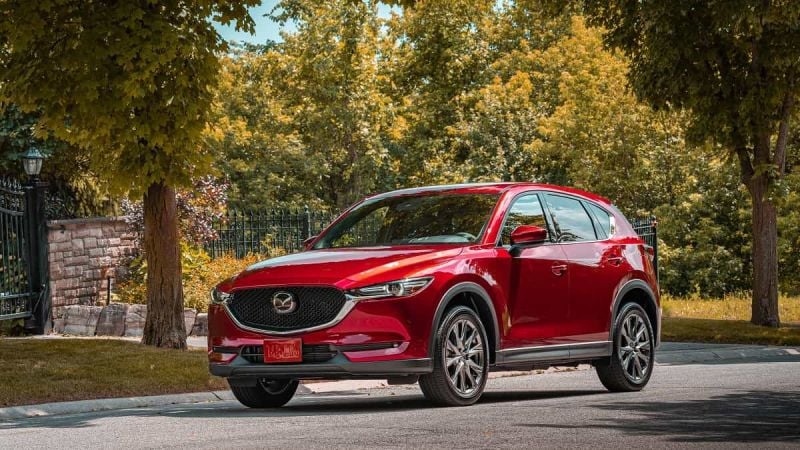




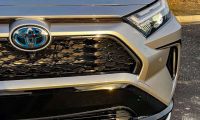
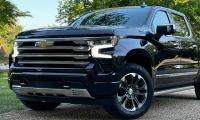
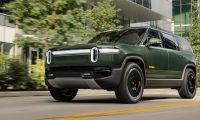
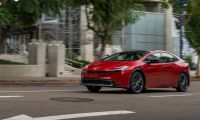

Comments
"They can't all be wrong."
Permalink
"They can't all be wrong." They could be but in this case they aren't :). The CX-5 is even better with the turbo engine. Is it better than a RAV4 V6 - nah, I'm still waiting for that to happen - from any manufacturer.
Totally agree that the CX-5
Permalink
Totally agree that the CX-5 is the best of the non-luxury crossovers, and I own a 2018 bought new, so just not some random opinion. The turbo was not an option that year as it came in 2019, so I have the 2.5NA, and do wish on some days that it had just a little more power, and less NVH at the upper revs. Still the power is plentiful if you mash the accelerator, and there is a special switch under the accelerator that gets activated to tell the engine max power. The tranny is also down some gears, but the 6 sp at least is not a CVT, and it is very responsive, but still an 8 spd is on my wish list which Mazda is working on. The infotainment is another miss, as the 2018 does not have Android Auto/Apple Car Play, and while it could be upgraded, the $400 fee was excessive to me, as Toyota charges about $99 for the same (realize that Mazda also swaps out hardware, but still this is an extra car payment and not worth it to me. The black, glossy plastic in the interior is another miss, as it looks good when you first get the car, and either dirty or scratched thereafter- Mazda should switch to textured plastics. The auto emergency braking for the front is way to sensitive and misfired more than once, but since going to the lowest sensitivity setting, it seems to have fixed the issue. I also wish that there were more interior color choices than black on the lower trims buy hey, just an opinion as I prefer gray that does not show every speck of dirt. Finally, there should be a digital readout of the speed, and some indication of when the AWD is working and which wheels the power is going.
However, given all the other choices for a compact CUV, I would buy one again, nitpicks aside. It handles far better than you would expect (the torque vectoring helps this), and the steering is great, with good feedback. The rest of the interior is more luxury grade, and has none of the plastic, fake wood that I detest. The controls are quite ergonomic. Even without the turbo, the engine is quite responsive, and the fuel economy is good, augmented by the cylinder deactivation that is quite seamless, and avoids the use of start-stop that is so annoying. I also like the excellent safety rating, and low insurance costs. Some criticize the cargo area, and while smaller than some competitors, it has been more than adequate for my needs. The reliability has been another strong point. If I had to purchase again tomorrow, the Mazda would be on my short list of vehicles, although I would strongly consider the turbo this time around.
It will be interesting to see
Permalink
It will be interesting to see if long-term there are any problems with the Active Fuel Management (AFM) system and direct injection. I'm concerned about squeezing the most fuel economy out of an engine at the detriment of
reliability or future repair costs. Currently, bureaucratic fuel economy regulations are determining auto production/engines rather than customers.